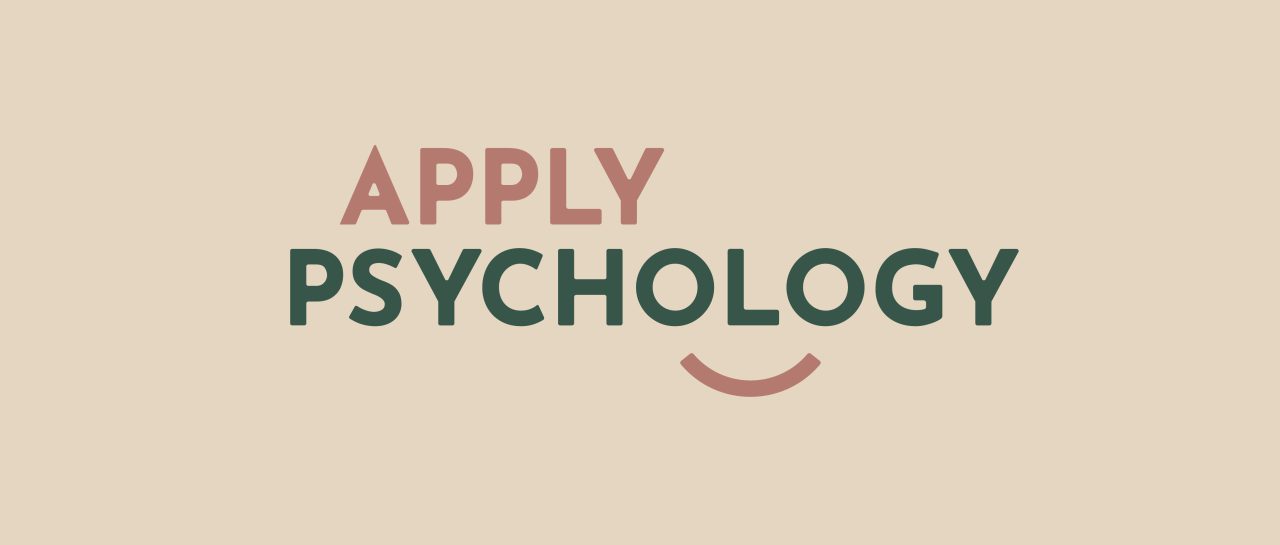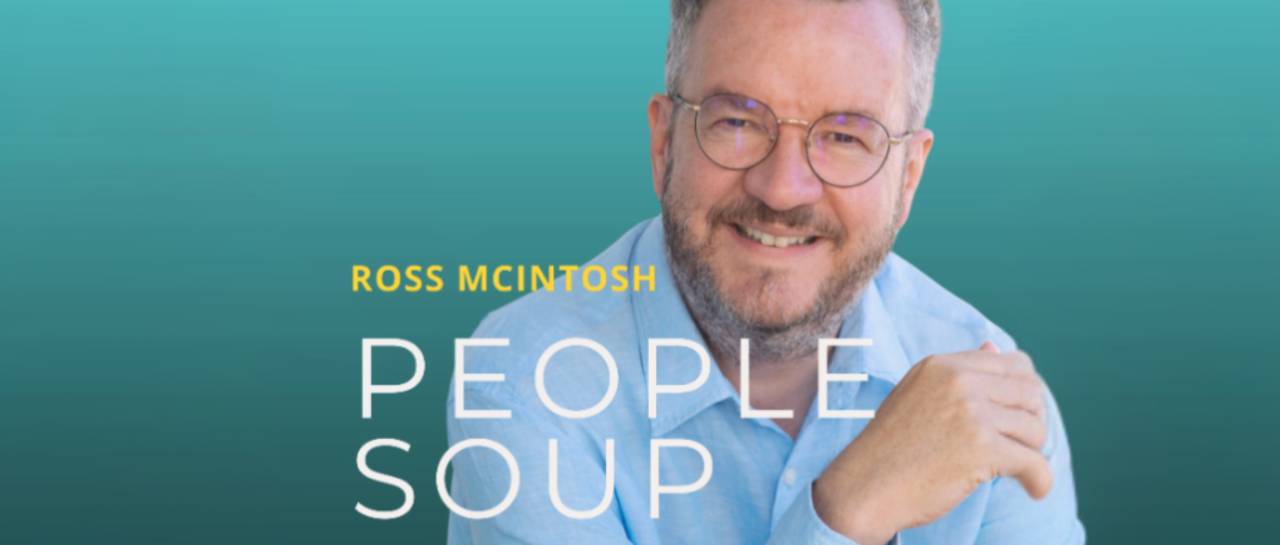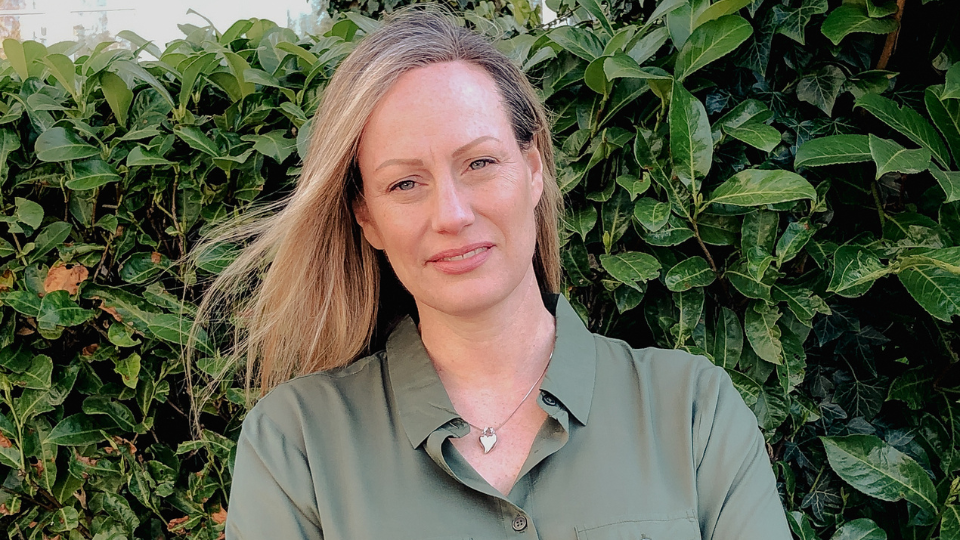Article based on webinar delivered in February 2024 – ‘How behavioural science can support the cultivation of authentic leadership.’ Author: Ross McIntosh In this article I’ll present my conceptualisation of the skills from Acceptance and Commitment Therapy (ACT) to support leaders in the development of…

Article based upon webinar delivered March 2023
Authored by Emily Hutchinson (Chartered Occupational Psychologist)
If you have spent any time in an organisation, at some point you will have been asked to talk about your strengths and weaknesses. Maybe this happened at selection, at that first interview that you went to, or maybe it happens every year when it comes to your performance appraisal.
But how often have you been asked how you feel about your work? About what you enjoy, what gives you energy? Or about what drains you?
The strengths approach recognises that emotions drive behaviour and that paying more attention to how we and others feel can pay dividends in the workplace. It can improve wellbeing, help us to feel included and valued, lead to higher performance and improved team and business results.
In practice this is a switch from focusing on capability alone, to also focusing on energy. In recruitment its looking for engagement from the outset – job adverts written in a way that compels the right people to apply (and stops the wrong people) – and following that through with interview questions which reveal strengths. In performance reviews it is about asking what someone has enjoyed over the last year, or what they feel excited about doing in the next year, rather than just what they’ve done well or badly. In progression it means knowing that not everyone wants to have more responsibility, but really listening to what makes people’s hearts sing. And even redundancy situations can become more positive, when done in a way that helps individuals appreciate what it is about them, not about their job, that they can take with them to their next role.
Our experience of working with this approach over many years has been that there is no need for a big change programme to land it. We recommend starting by recognising the impact of your own strengths (through reflection or a psychometric). Then look for opportunities to experiment, to play with a process in a seemingly small way and see what happens. Once you start taking a strengths approach to drive success you’ll find it hard to stop.



